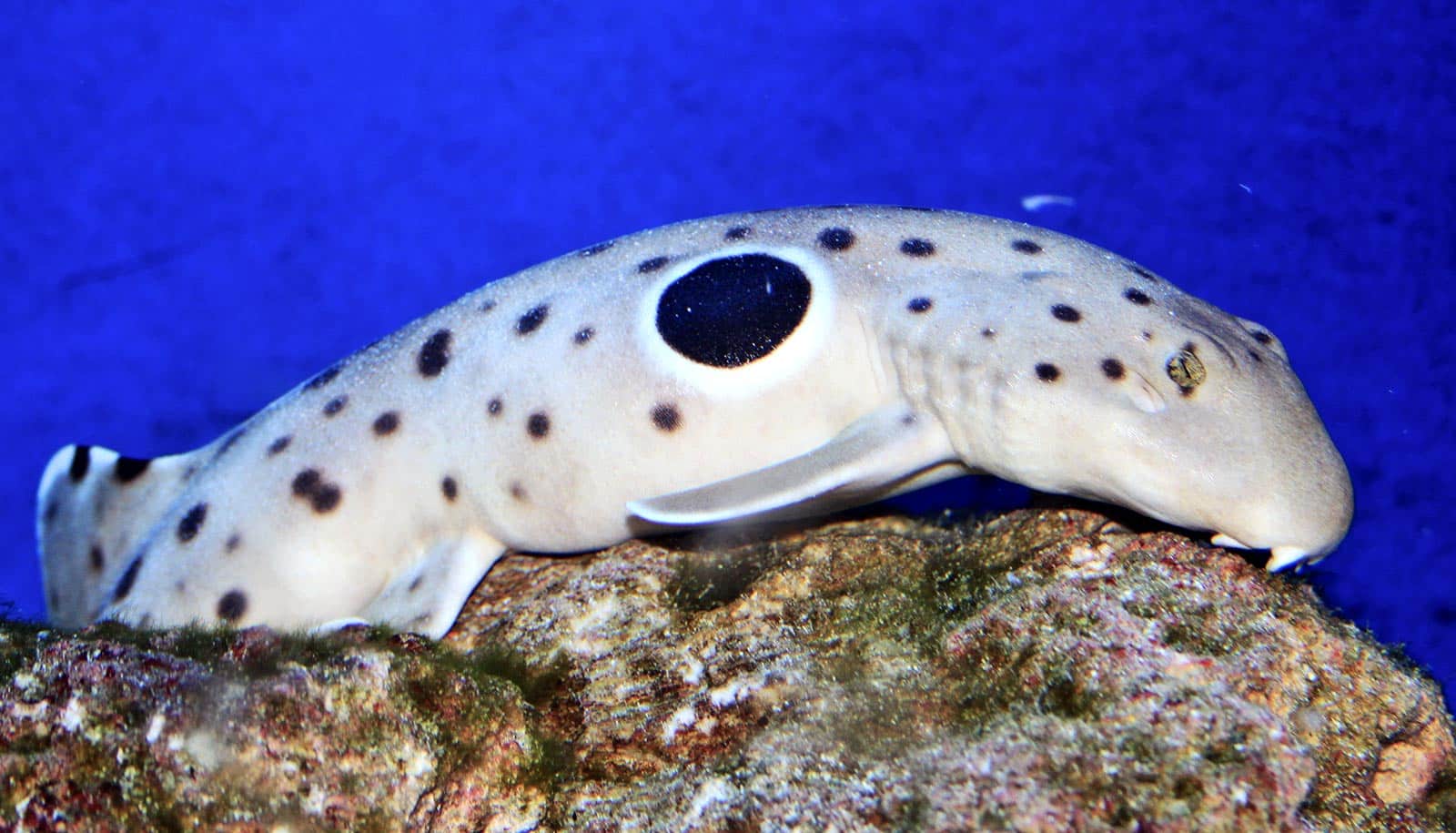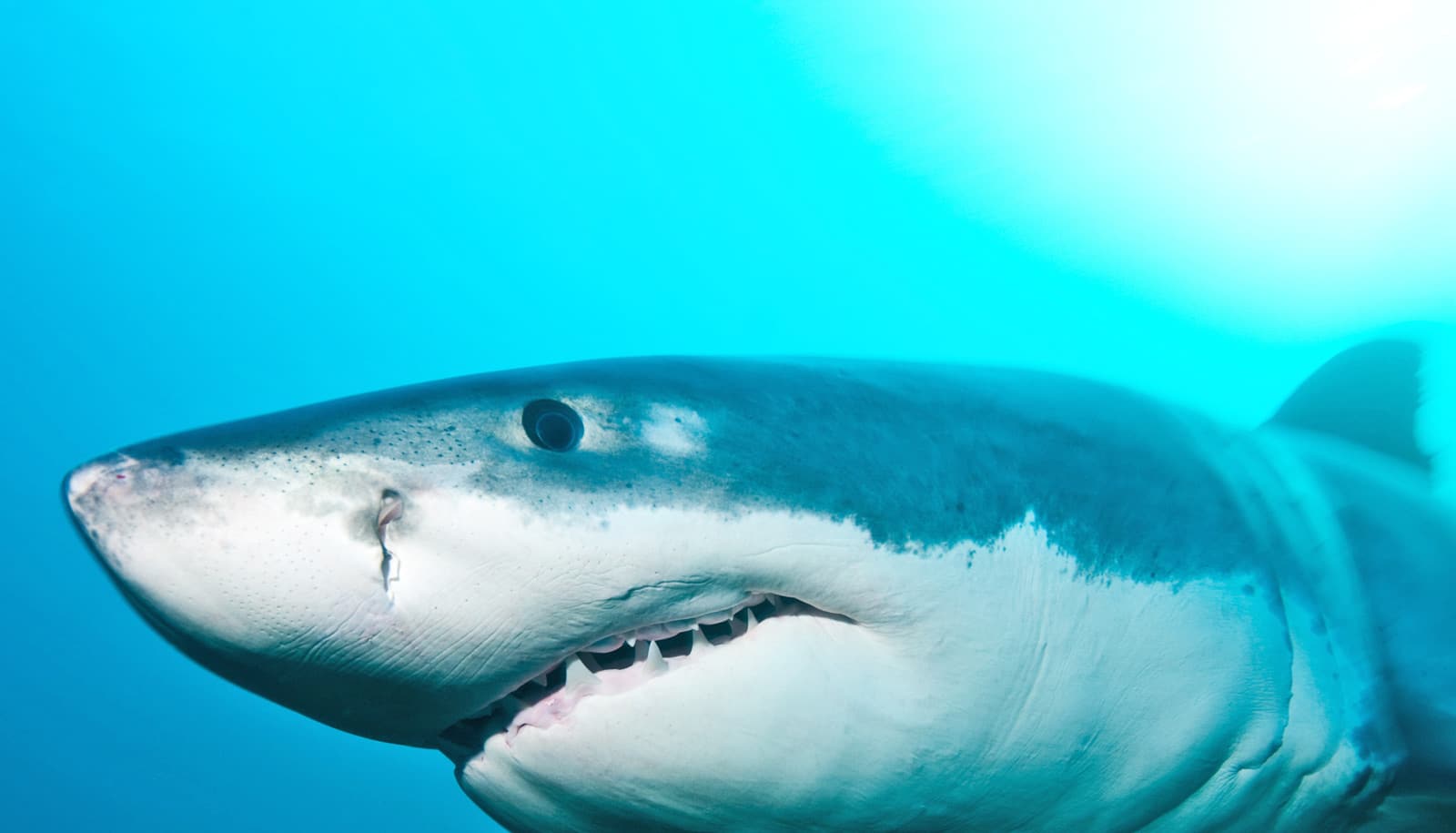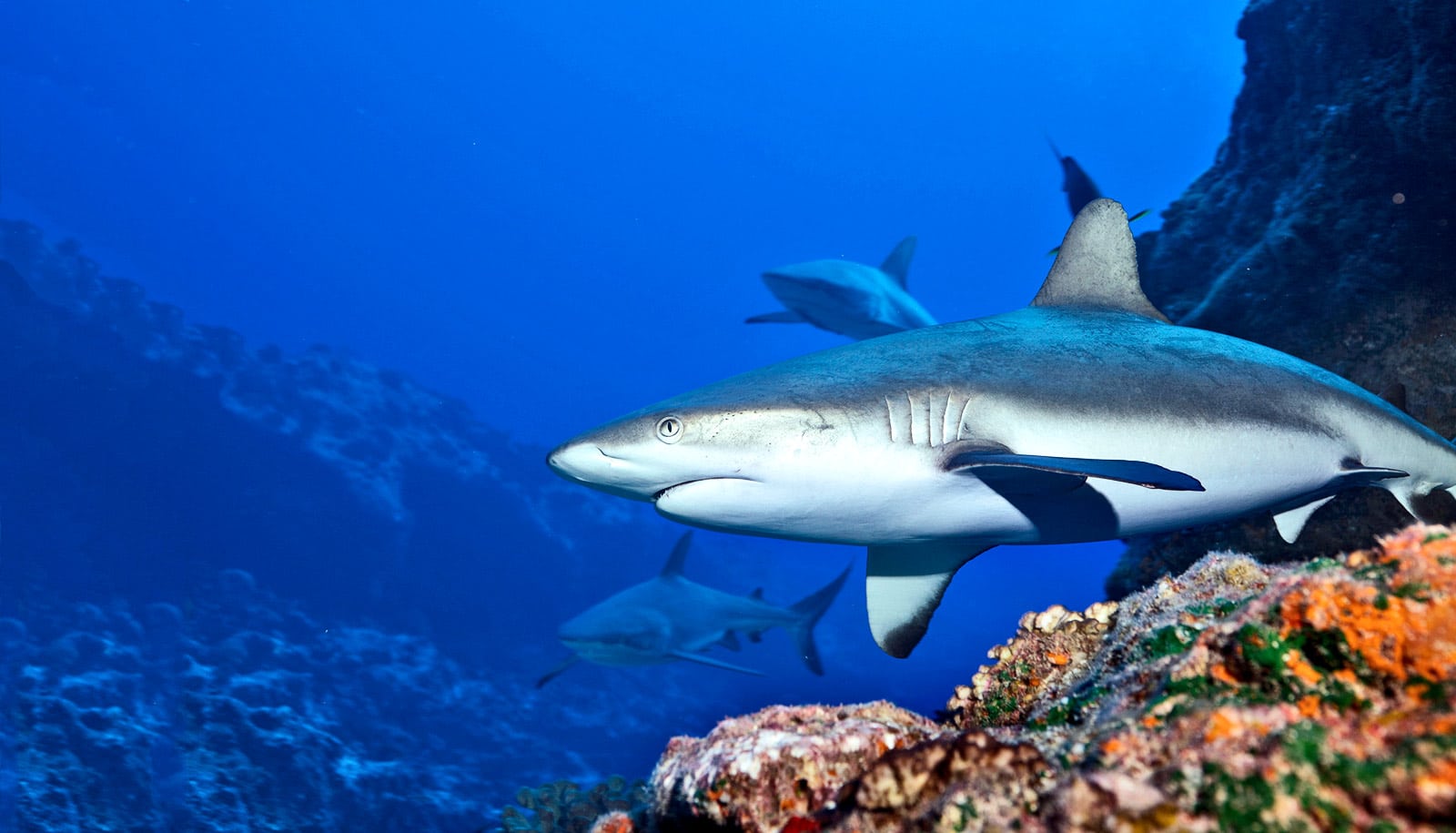Four newly discovered species of tropical sharks use their fins to walk beneath the waters off northern Australia and New Guinea.
The ornately patterned sharks were the top predator on reefs during low tides when they used their fins to walk in very shallow water, says Christine Dudgeon of the University of Queensland.
“At less than a meter long on average, walking sharks present no threat to people but their ability to withstand low oxygen environments and walk on their fins gives them a remarkable edge over their prey of small crustaceans and mollusks,” says Dudgeon, a research fellow in the School of Biomedical Sciences in the Faculty of Medicine.
“These unique features are not shared with their closest relatives the bamboo sharks or more distant relatives in the carpet shark order including wobbegongs and whale sharks.”
The four new species almost doubled the total number of known walking sharks to nine.
Dudgeon says they live in coastal waters around northern Australia and the island of New Guinea, and occupy their own separate region.
“We estimated the connection between the species based on comparisons between their mitochondrial DNA which is passed down through the maternal lineage. This DNA codes for the mitochondria which are the parts of cells that transform oxygen and nutrients from food into energy for cells,” says Dudgeon.
“Data suggests the new species evolved after the sharks moved away from their original population, became genetically isolated in new areas and developed into new species,” she says.
“They may have moved by swimming or walking on their fins, but it’s also possible they ‘hitched” a ride on reefs moving westward across the top of New Guinea, about two million years ago. We believe there are more walking shark species still waiting to be discovered.”
Future research would help researchers to better understand why the region was home to some of the greatest marine biodiversity on the planet, says Dudgeon.
A paper on the sharks appears in the journal Marine and Freshwater Research. The 12-year study involved researchers from Conservation International, the CSIRO, the Florida Museum of Natural History, the Indonesian Institute of Sciences, and Indonesian Ministry of Marine Affairs and Fisheries.
Source: University of Queensland



